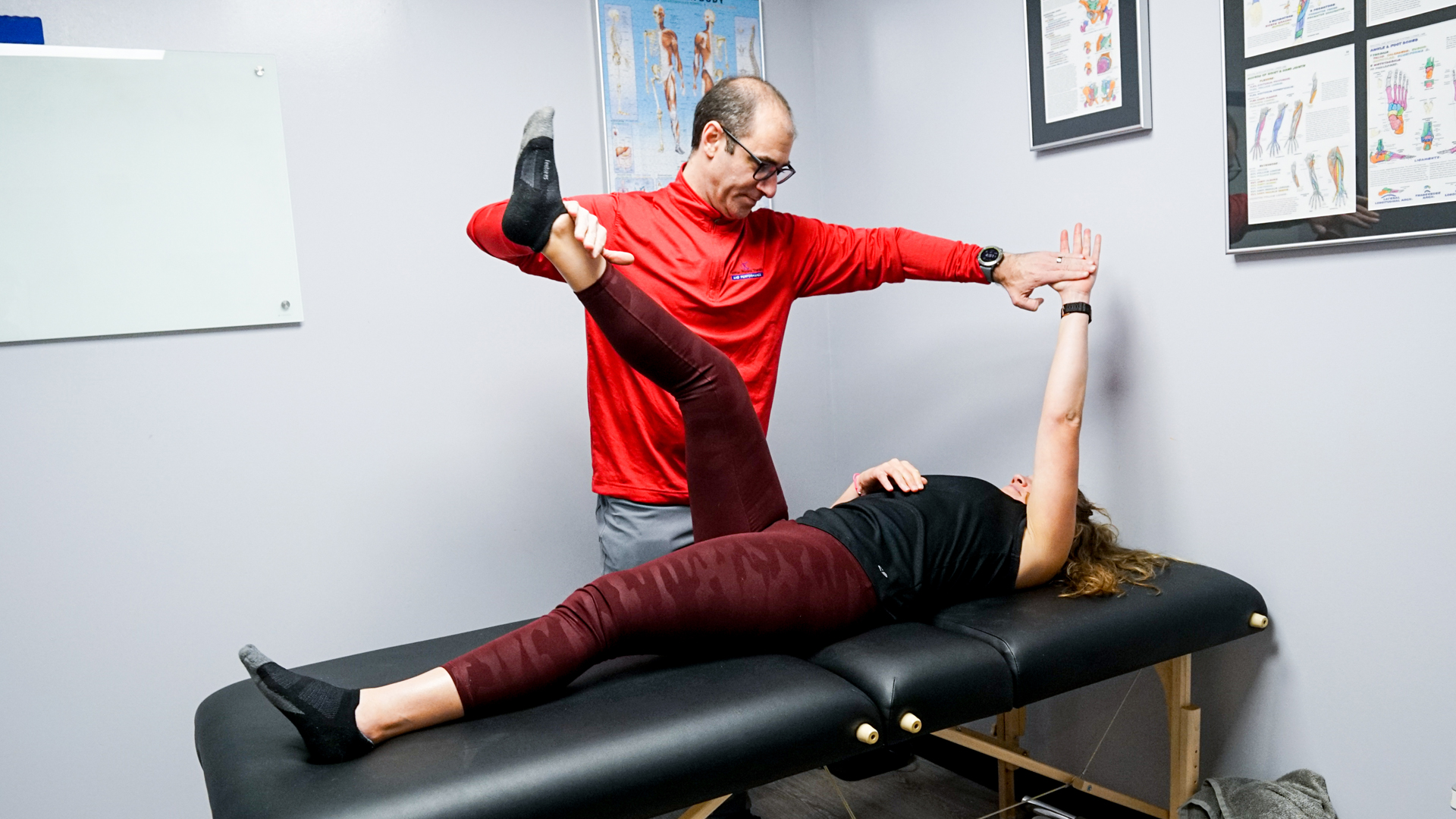Learning Frequent Athletic Injuries as well as Effective Recovery Strategies aimed at Athletes
Learning Frequent Athletic Injuries as well as Effective Recovery Strategies aimed at Athletes
Blog Article
Athletic injuries are common among athletes of all ages and skill levels. These traumas can occur in various types, including ligament injuries, strains, breaks, and tendon inflammation. Comprehending the kinds of injuries that can happen during sports events is essential for not only avoiding and treatment. Ligament injuries, for instance, entail the stretching or rupturing of connective tissues, which connect bones at a articulation. Muscle injuries, on the other hand, impact muscle tissues or tendon structures, which attach muscles to skeletal structures. Identifying these traumas promptly can help athletes obtain appropriate care and come back to their activity more quickly.
One of the most commonly observed injuries in sports is the foot sprain. This injury often occurs when an athlete touches down awkwardly or rotates their ankle during a game. Signs of an ankle ligament injury include pain, inflammation, and trouble walking. Prompt treatment typically involves the R.I.C.E. method, which stands for Recovery, Ice, Compression, and Lifting. This method aids reduce inflammation and pain. In severe severe cases, physical treatment may be necessary to regain power and mobility to the ankle before going back to sports.
Another common trauma is a muscular strain, which can occur in any athletic activity that demands quick movements or intense lifting. Sportspeople may suffer a muscular strain when they extend a muscle too much or when they exert too much effort. Signs include sharp discomfort, swelling, and muscular spasms. Rehabilitation for muscular strains often includes light flexibility exercises and conditioning exercises. Slowly increasing activity levels is crucial to avoid re-injury. Sportspeople should work closely with a rehabilitative therapist to create a safe and efficient rehabilitation plan.
Tendonitis is another trauma that can affect sportspeople, particularly those who participate in frequent movements, such as joggers or aquatic athletes. This issue happens when a tendon structure, which links muscular tissue to skeletal structure, gets inflamed. Common locations involved by tendon inflammation include the elbow, upper arm, and leg. Signs often include pain and stiffness, especially during movement. Treatment for tendonitis usually involves rest, cooling, and pain-relief drugs. In certain situations, rehabilitative treatment may be recommended to improve flexibility and strength in the affected area.
Avoiding sports injuries is just as important as treating them. Athletes can minimize their chance of trauma by warming up properly before activities, using the right equipment, and rehabilitation for sports-related fractures keeping good fitness shape. Strength conditioning and stretching workouts can assist prepare the body for the demands of athletics. Additionally, sportspeople should listen to their bodies and take rest when needed. By comprehending frequent sports injuries and implementing efficient recovery plans, athletes can stay healthy and participate in their beloved athletic activities for years to come.